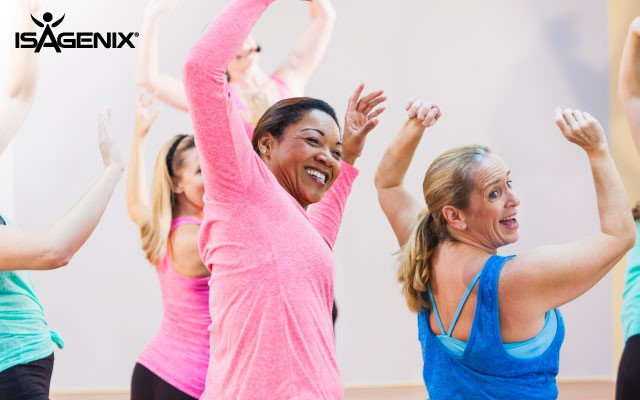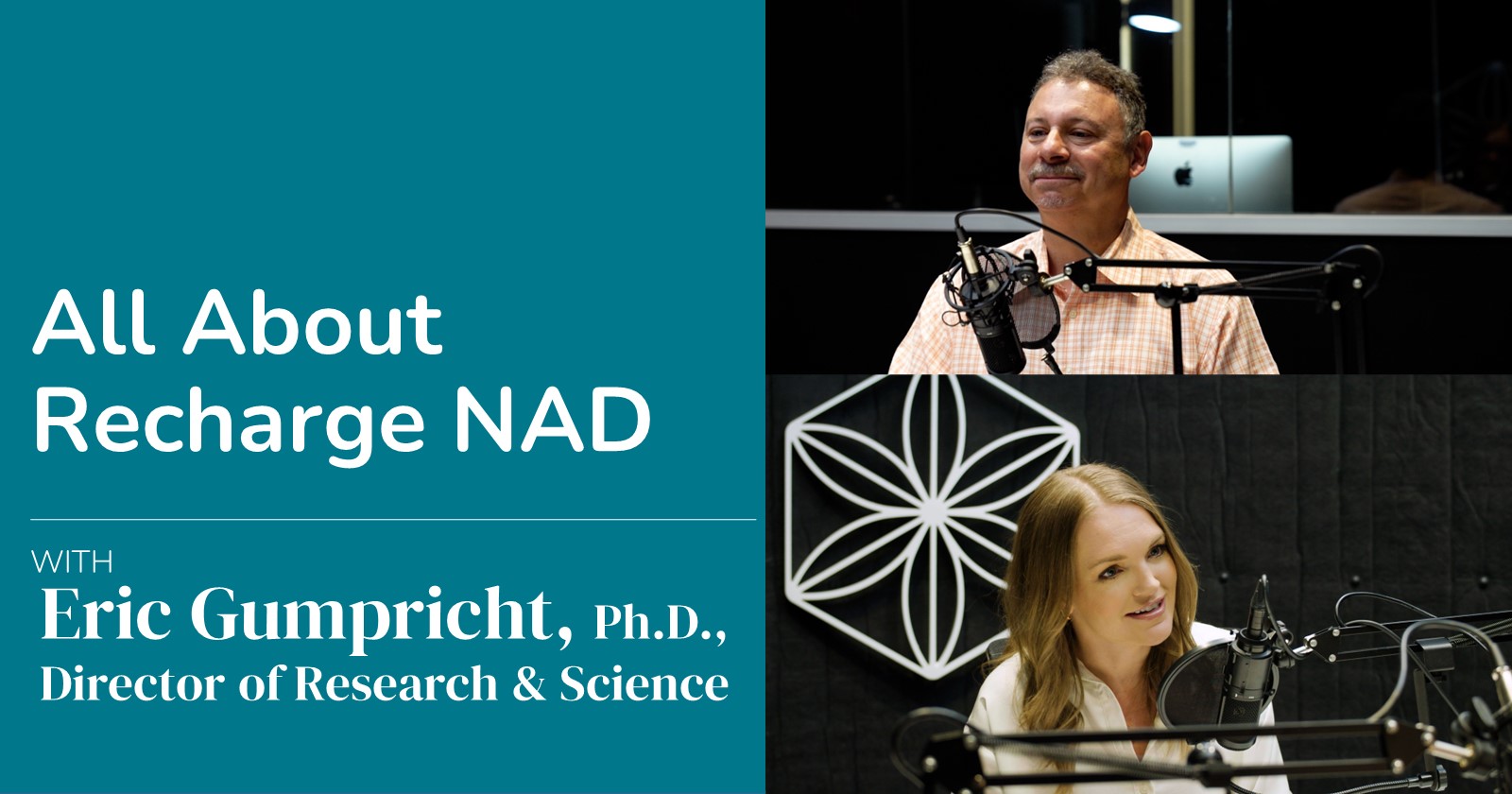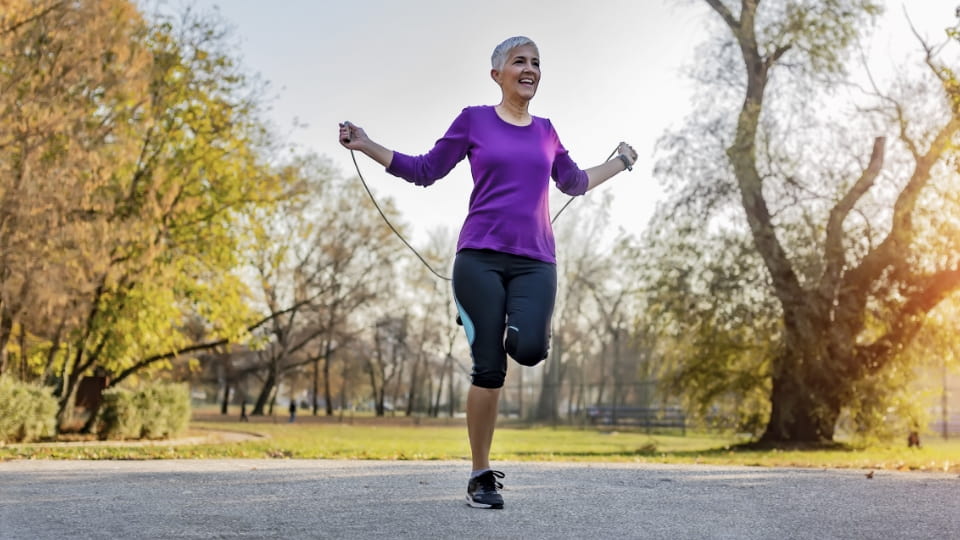Parents often start their children early by getting them into the first dance class opening they can find. Whether it’s ballet lessons, or an intro to hip-hop class, dance allows kids to transfer their jumpy energy into learning coordination and skill. But what about parents?
A new study suggests that dancing as a form of exercise in aging adults can minimize the effects of senescence on the human brain. Since dance involves the use of multiple spheres of the brain, the research advocates that practicing dance regularly may be more potent than other forms of exercise for improving thinking and memory (1).
The brain is central to human movement. For example, some parts of the brain, such as basal ganglia and motor cortex, are the key to systemizing motor functions, whereas other parts such as the somatosensory cortex plays a pivotal role in eye-hand coordination (2).
Parents often involve their children in dance because they’re aware of the importance of motor function development. However, they may not realize that keeping up with the exercise over time can be of paramount importance when it comes to mental health.
Study Details
Over the course of six months, a study performed at University of Illinois-Urbana evaluated changes in white matter tissue in healthy elderly individuals (ages 60-80 years old) based on different exercise programs that included dance, walking, walking and nutritional supplements, or stretching as a control group (1).
The researchers focused solely on white matter tissue due to its integral role in delivering neural signals to respective regions of the brain. The younger an individual is, the faster the neural messages travel allowing for movement to occur more quickly. During the aging process, white matter tissue begins to deteriorate causing messages to lag.
The white matter tissue degradation begins to affect cognitive function, such as memory and movement. Thus, scientists chose this experiment with the goal of investigating whether dance could serve as a healthy and enjoyable method to slow down brain aging.
At the beginning of the study, the researchers took MRI scans of all 174 volunteers participating in their assigned program. Because of their ages, the participants naturally had some white matter tissue lesions, but none showed any signs of other cognitive damage (1).
The researchers constructed the dance program in a way that would strengthen social interaction among the participants. They also had the subjects memorize and perform intricate sequences designed to bolster cognitive function. Throughout the study’s progression, the succession of steps became more elaborate.
After completing the various exercise programs, the volunteers underwent cognitive tests and MRI scans again. All groups showed better performance in thinking and speed tests.
However, the dance group demonstrated greater increases in white matter tissue thickness compared to the other groups. In the journal Frontiers in Aging Neuroscience, the study authors reported: “Together, our findings suggest that combining physical, cognitive, and social engagement (dance) may help maintain or improve white matter health and a more physically active lifestyle is associated with slower white matter decline.”
Because it’s more “cognitively demanding” compared to walking or other forms of exercise, the researchers explain that the practice of dance strengthened white matter tissue. The denser white matter tissue allows for the networking system of the brain to process messages quicker. Therefore, the movement and memory of the steps being learned occurs at a much faster pace. Since dance also involves the cooperation of various regions, neural impulses must send signals quick enough for the different parts of the brain to work together as one.
For older adults, the research suggests that if scans can show that dance has such a significant change in white matter tissue, then anybody interested in healthy aging should make a conscious effort to practice it.
References
- Burzynska AZ, JiaoY, Knecht AM, et al. White matter integrity declined over 6-months, but dance intervention improved integrity of the fornix of older adults.Front Aging Neurosci. 16 March 2017. doi:3389/fnagi.2017.00059
- Edwards, S. (n.d.). Dancing and the Brain. http://neuro.hms.harvard.edu/harvard-mahoney-neuroscience-institute/brain-newsletter/and-brain-series/dancing-and-brain





